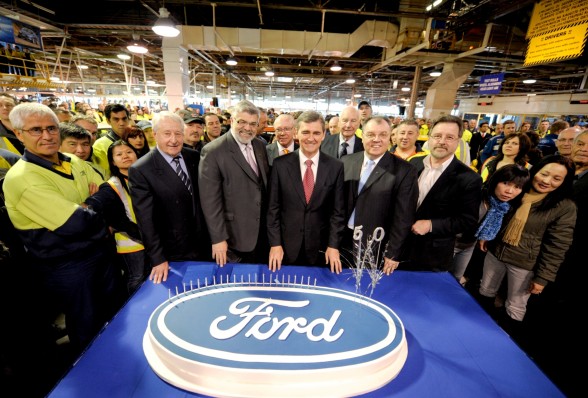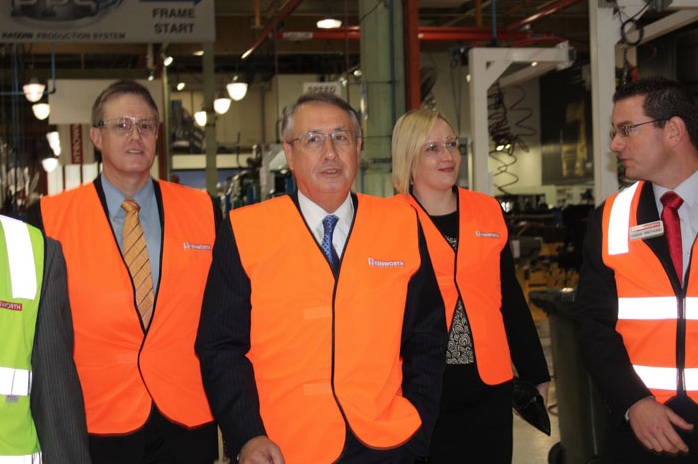In the middle of this month the G8 group of world leaders will meet in Northern Ireland when the UK takes their turn to host the annual conference.
With the leaders of eight of the world’s biggest economies – which includes Canada but not China – coming to visit the Northern Irish government is anxious to present a prosperous face to the world, including allocating £233,000 to give Enniskillen’s town centre a ‘facelift’.
It seems a good chunk of the facelift money has been spent on creating fake shops in the distressed town’s centre.
In a little over two weeks they and other leaders will gather for a G8 summit at a golf resort in Enniskillen. And as the date approaches the cleanup is moving into high gear. It includes new coats of paint on houses, tidying up lawns, and putting up fake storefronts on shuttered businesses.
For the visiting dignitaries, their advisors and the media caravans that follow them, Enniskillen’s shops will be looking prosperous when the reality is very different.
“The County of Fermanagh has suffered terribly as a result of the credit crisis and the resulting recession,” says Dan Keenan of the Irish Times.
Fermanagh County’s efforts to present a brave, if false, face to the world is symptomatic of the Western world’s refusal to accept the consumer based economy that drove the Corporatist model of government over the past fifty years is over.
Just as the fall of the Berlin Wall in 1989 signalled the end of the Soviet experiment, the global financial crisis of 2008 marked the end for the big spending, big debt era which had driven the Western economies through the last half of the Twentieth Century.
Unlike the Soviets, we refused to accept the game is up and have kept a failing economic philosophy alive with massive borrowing and money printing. In this respect, we’re dumber the Russian communist leaders who accepted the reality of the world they found themselves confronting in 1989.
All of which will probably amuse Russian President Vladimir Putin as his motorcade speeds past the repainted shopfronts of Enniskillen and no doubt he’ll be thinking of the face Russia will present next year when they host the G8 Summit.
Perhaps its time for the G8 leaders to invite the People’s Republic of China to join their privileged club – at present Japan is the only non-‘white’ nation.
If the G8 decide to let the Chinese join, there’s the South China Mall that would be a perfect counterpoint to the Potemkin Village of Enniskillen and the world’s great leaders can continue to believe that the business rules of the 1980s still hold true today.
Yesterday’s men are still pursuing yesterday’s dreams, dressing up Enniskillen may cater to their fantasies but it won’t help today’s economy.
Picture of a propped up facade courtesy of Ingolfson through Wikipedia Commons.




